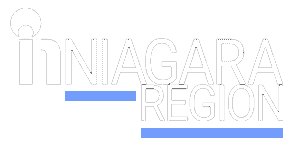No time for contact tracing with Omicron, say Niagara Region Public Health
Published December 22, 2021 at 4:16 pm

Contact tracing is out with Niagara Region Public Health (NRPH) as the local health units will be shifting their attention to expanding vaccinations again.
The reason? The Omicron variant is so speedy that the only way to stay ahead of it – or even equal to it – is by completing both full vaccinations and booster shots.
“The Omicron variant poses a new and very different threat. With growing case numbers, testing capacity is being stretched and people are now waiting longer to get tested, delaying the identification of cases for follow-up. Meanwhile, the time between exposure to an infected person and then becoming contagious has shortened greatly with the Omicron variant,” said the NRPH.
While breaking the chains of infection through contact tracing was the desired approach during the days of the Alpha and Delta variant, there is simply no time with the Omicron variant, says the group.
“Public Health is much less likely to be able to intervene early enough to break chains of transmission. The utility of following up with cases and contacts has diminished, and will become increasingly less valuable as testing delays increase and case numbers overwhelm Public Health’s capacity.”
Hence, less tracing and more vaccinating, they noted.
“Public Health is beginning to shift resources instead to deliver booster doses which can better blunt the severity of the Omicron wave. Case management and contact tracing will increasingly be handed over to artificial intelligence tools and outsourced support.”
The NRPH identified the following locales as likely high transmissions points for the Omicron:
- Hospital and health care settings (including complex continuing care facilities and acute care facilities)
- Congregate living settings (long term care homes, retirement homes, group homes, shelters, hospices, post-secondary dormitories, temporary foreign worker setting, correctional institutions)
- Elementary school, middle school, or secondary school
- Child care centres, camps
INsauga's Editorial Standards and Policies









